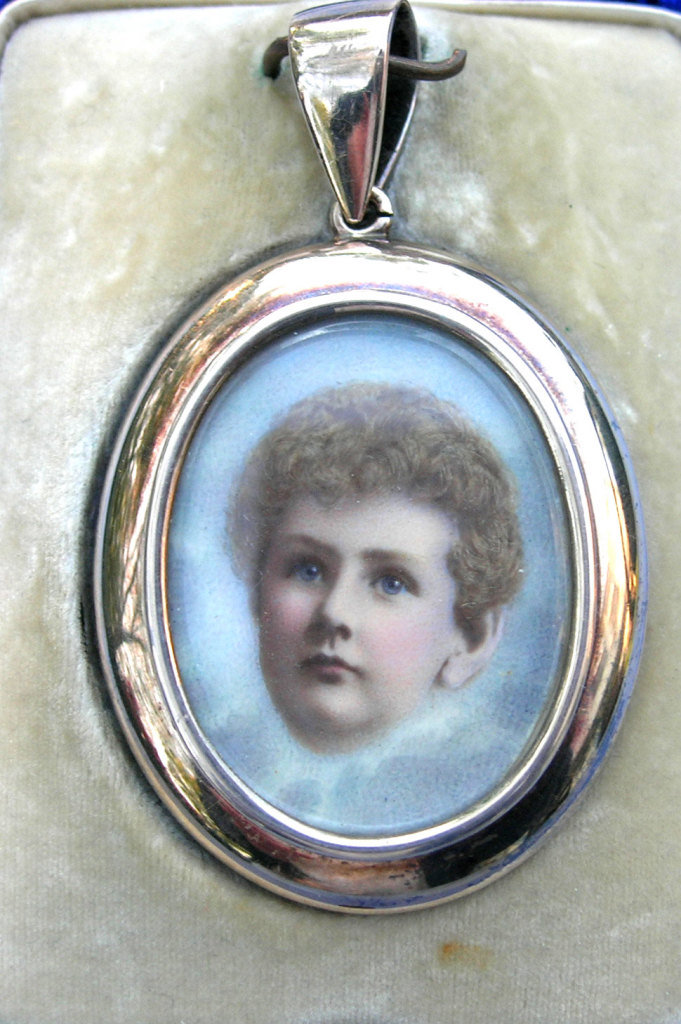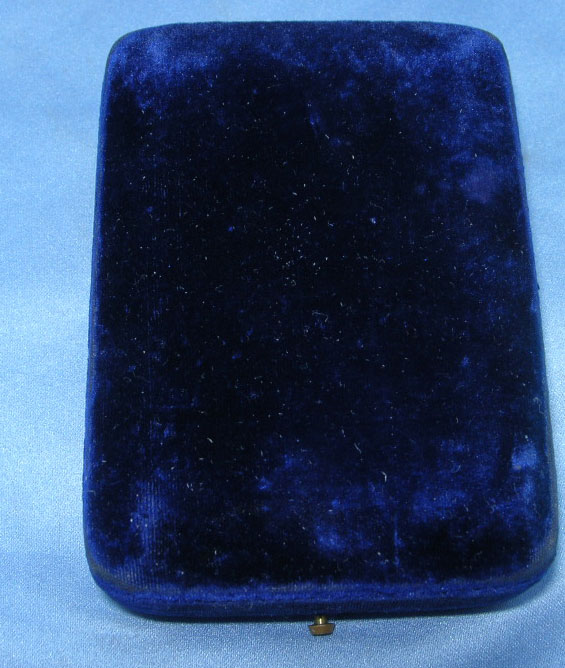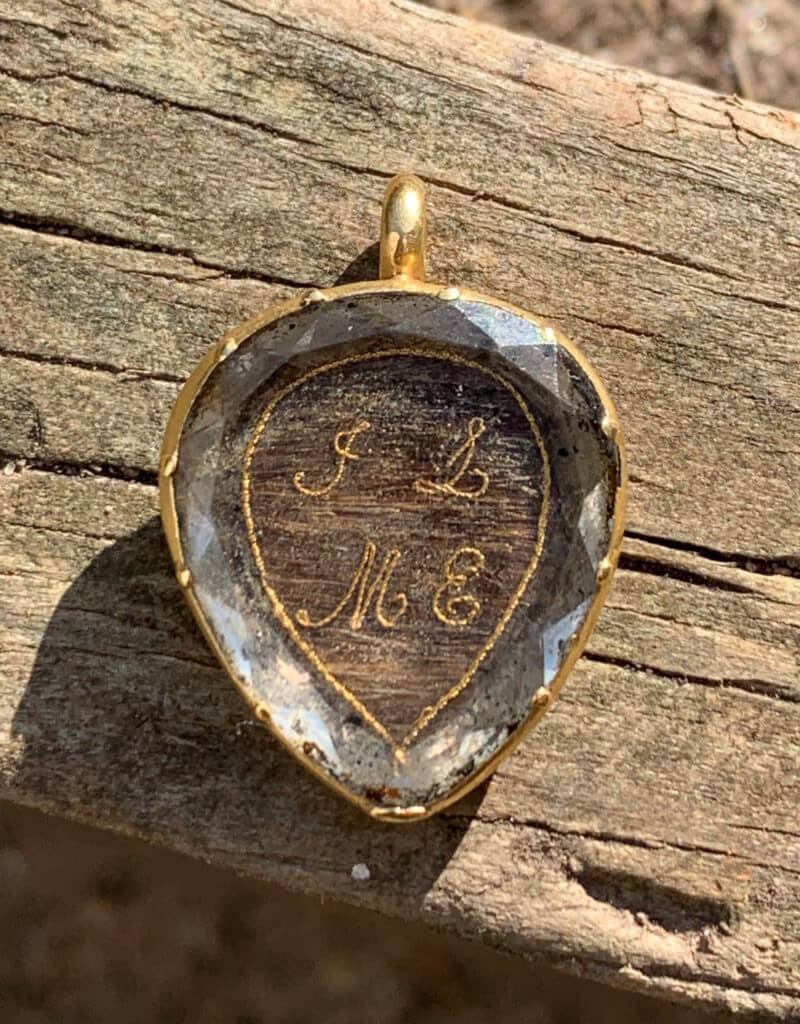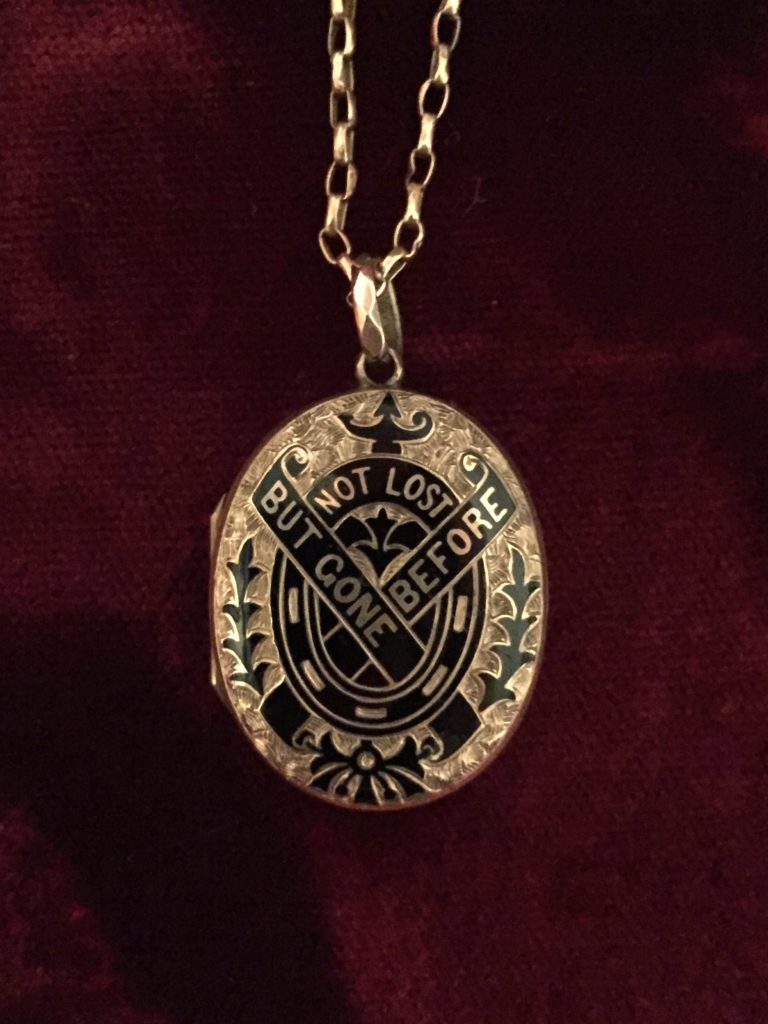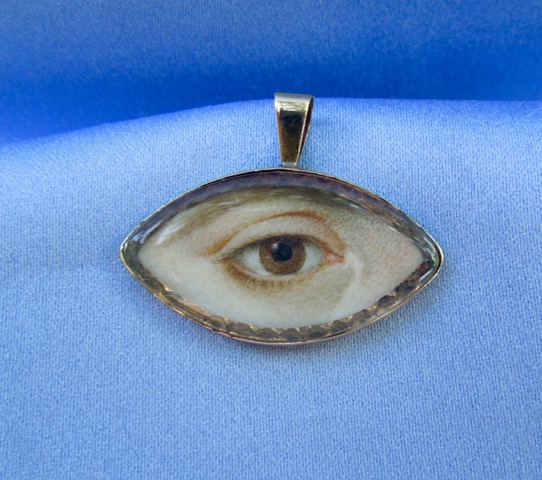A Mourning Tour: An Edwardian Miniature c.1910
The Edwardian Era, 1901 to 1910, was one of the primary catalysts to end the mourning industry. When I reference the industry of mourning, this does not mean that there was a time when mourning had ended as a concept, but the industry of standardised fashion to facilitate and generate money from grief. Queen Victoria had perpetuated this from 1861 and her turn to perpetual mourning. Even by 1880, the new generations of women growing up within a top-down static society, (in terms of fashion) which put the importance of the family upon the women to reflect things like grief and uphold the standards of mourning stages, were looking for other influences and cultures for personal representation.
This is why Edward was so important for Great Britain; his rule and its investment in art, fashion and creating a cultural elite cemented an era in which nearly every level of society had a platform and a voice which could be heard. Technology facilitated this, with increased travel, audio and video recordings emerging, along with increased print which could transcend continents and bring together political bodies. Women’s rights were now a topic that could be connected with a global voice and it is this which is important to the decline of the mourning industry. As women could challenge traditional thought, from abortion to gaining the vote, becoming the pillar of perpetual mourning for a family was not the reason for existence.
But mourning did not disappear, simply the affectations of grief. As an industry, the decline was challenged from a fashion perspective; gone were the heavy blacks and crepe which had been as popular for fashion, as well as mourning (and the Court ordained requirement of mourning jewels to be worn in Court). Instead, fashion led mourning into a new Romantic movement which produced jewels such as this.
Miniatures had a resurgence in the early 20th century, with the romantic and idyllic depictions returning society to a time when elements of love and sentimentality could be selected by an artist, or the person who had commissioned a piece, to represent a loved one. Death and grief need not be locked into an allegorical paradigm, such as in the 18th century Neoclassical era, but shown in a variety of personal ways. Here, the floating head of the child in the clouds, looking towards the heavens is serene and beautiful. The image, which appears to be taken from a photograph, is enhanced by the artist to become pure perfection in the reposed state.
The photograph is now a technology that had been accessible for the lifetime of many people during the early 19th century and its application had been used in mourning and sentimental jewels for the span of that time, indeed, many jewels had adapted shape and form to accommodate the photograph itself. Moving back to the miniature form, and the early 19th century, during this time is a wonderful communion of ideas. The way the miniaturist has used the photograph to accentuate the details of the child, from the shading to the right side of the face and under the nose, to the colour blending of the red cheeks to the ears is of the detail that a Court miniaturist of the 18th century would capture.
The blue enamel, use of diamonds and the typography are all elements taken from the 19th century and amended for its time. With its larger style and curvature to the front of the piece, it becomes larger than many of the standard pieces of the latter 19th century. From this style, we can see that where the Victorian pieces would have hidden the portrait within a locket or dominating ‘In Memory Of’ motif with black enamel, this presents the child’s face as the true facia, and proudly displays the initials upon the front with one of the most precious gems that could be used. Truly, the piece is fashion as well as personal.
It is a jewel aware of emerging art styles, but acknowledging its history. It respects the previous culture of mourning, but makes its own statement of love and affection. This is a piece which was created at a time of affluence, interest in art and fashion, high communications and leisure, but most importantly a new interpretation of the self.




